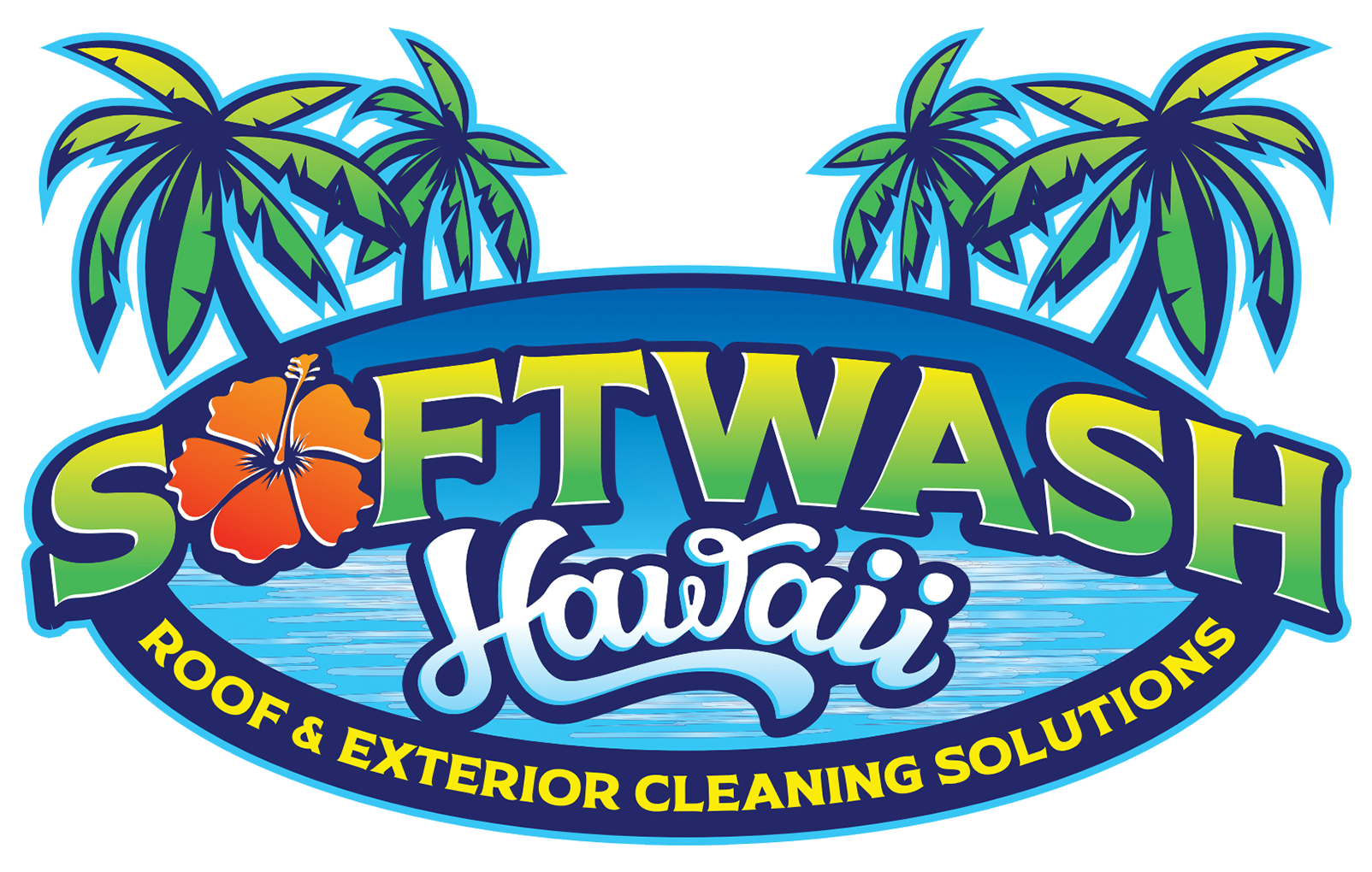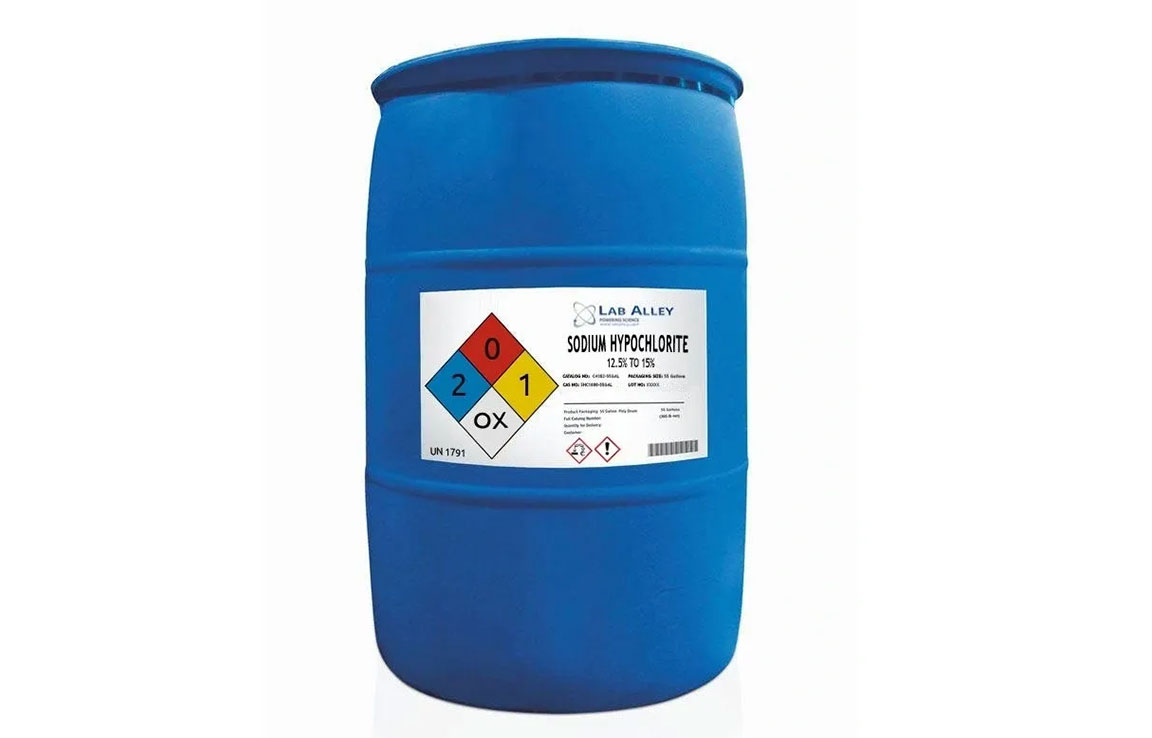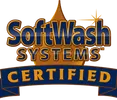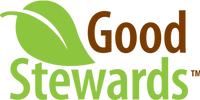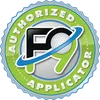Chlorine bleach is an effective and inexpensive disinfectant that is widely used to destroy germs that live on surfaces in healthcare and daycare settings, schools and homes. Misinformation on bleach is common, however, so the following list was compiled to dispel five myths about this product. This article is partly based on a September, 2010 article by Dr. Krishna Reddy in Infection Control Today.
Myth #1: Bleach contains free-standing chlorine.
There is no free-standing, or elemental, chlorine in bleach. Bleach is manufactured from salt and water to produce sodium hypochlorite, the active ingredient in bleach. Bleach is simply a water solution of this compound.
Myth #2: If you can smell bleach, you are sure to experience negative health effects.
Simply smelling bleach does not indicate adverse health effects. The human nose can detect the presence of bleach at levels much lower than those that cause health effects. According to Dr. Reddy, research by Paustenbauch and Gaffney found that for some odorous chemicals, even when airborne concentrations are maintained below a particular occupational exposure limit, some people experience an unpleasant response. According to the researchers, in some cases, workers’ pre-existing belief system about the source of an odor may be sufficient to create anxiety when exposed to any detectable concentration. Dispelling the fear of bleach odor through real facts and information can help reduce concerns and complaints.
Bleach odor can be minimized by ensuring proper use according to label directions (not overuse) and good ventilation in the area of use. Bleach should never be mixed with other household products.
Myth #3: The more you use in each disinfection application, the better!
No! Always follow use directions. Just like laundry detergent, more is not better. A 2010 Holiday Food Safety Survey by the Water Quality & Health Council found that most Americans (82%) do not know the right amount of bleach needed to kill common foodborne germs on kitchen surfaces. Almost half of survey respondents overestimated this quantity. In fact, to destroy the vast majority of common foodborne germs, a solution of only one tablespoon of bleach in one gallon of water is sufficient.
Myth #4: Bleach forms dioxins.
Dioxins are not formed by bleach disinfectant use.
Myth #5: Bleach is harmful to the environment.
The two substances that react to form bleach—chlorine and sodium hydroxide–are made by conducting electricity through salty water. As bleach is used to destroy germs, it reverts mainly to salty water.
Fred Reiff, P.E., is a retired official of the Pan American Health Organization.
